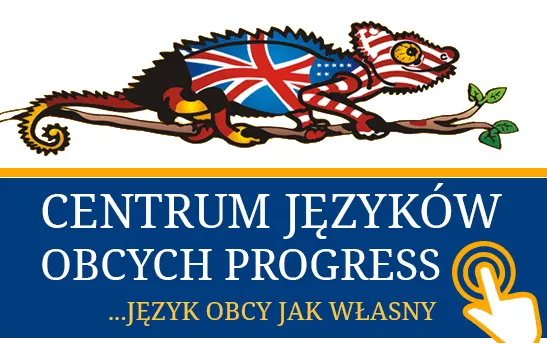- North America (103)
- The United States (87)
- Canada (16)
- Central America (48)
- Mexico (48)
- South America (11)
- Brasil (11)
- Australia and Oceania (20)
- Asia (472)
- Thailand (76)
- Malaysia (3)
- Burma (Myanmar) (52)
- Cambodia (258)
- Indonesia (11)
- Singapore (6)
- Israel (8)
- United Arab Emirates (3)
- Oman (26)
- Sri Lanka (24)
- Turkey (11)
- Africa (19)
- Europe (479)
- Spain (Catalonia) (7)
- Spain (27)
- Italy (29)
- Great Britain (4)
- France (25)
- Poland (303)
- Germany (12)
- Czech (11)
- Greece (46)
- Cyprus (16)
- Off-topic
- All
The Ghost City in Kep
Kep is a resort built by the French (for themselves) in the colonial years.
Designed in 1953-1970 - during the French occupation, modernist Kep villas are unique. Architects who embodied the golden age of modernism in Cambodian architecture, combined elements of modern movement (Bauhaus, Richard Neutra and Le Corbusier) with traditional Khmer architecture, promoted by King Sihanouk - known as New Khmer Architecture.
Probably it was beautiful for the white and very unpleasant for the Khmer.
Later came the Khmer Rouge and they chased away all of them: the French who had resided here since Cambodia gained independence, home, and the Khmer, all of them without exception, to rice fields.
How it ended - we know.
The deserted Kep was sold cheap to rich speculators from Phnom Penh, right after the fall of the Rouge. Beautiful villas, residences and palaces have been being rented for little money for years to local residents. Rented - it's a bad word. They were inhabited by poor people who came to Kep from distant villages in search of work.
And what happened?
In fact, those who were in need of money and food have dismantled the villas so that they could exchange all their precious elements in Vietnam for rice and cash.
Today, those houses are in ruins and completely abandoned. The owners of the land cannot remove the ruins, because it is prohibited by the conservation law.
This paradox is visible at every step and deters tourists a bit.
Not for nothing, on the list of places to visit in Kep, there is the "Ghost Town".
We deliberately devote this entry and photos to the history of Kep, because staying in Cambodia we mustn’t break away from the tragedy of th country, which caused the civil war.
Let’s not forget the history!
To make this grim past a bit lighter, I will tell you that we left the bought fruit on the tuk-tuk’s floor (mandarins, mangoes, pineapples, jack fruit). In the enthusiasm of taking photos, we did not notice that a cow ate the fruit. Choosing the sweetest – the mango and jack fruit.
May it serve the cow good!
There are no holy cows in Cambodia, though!






































